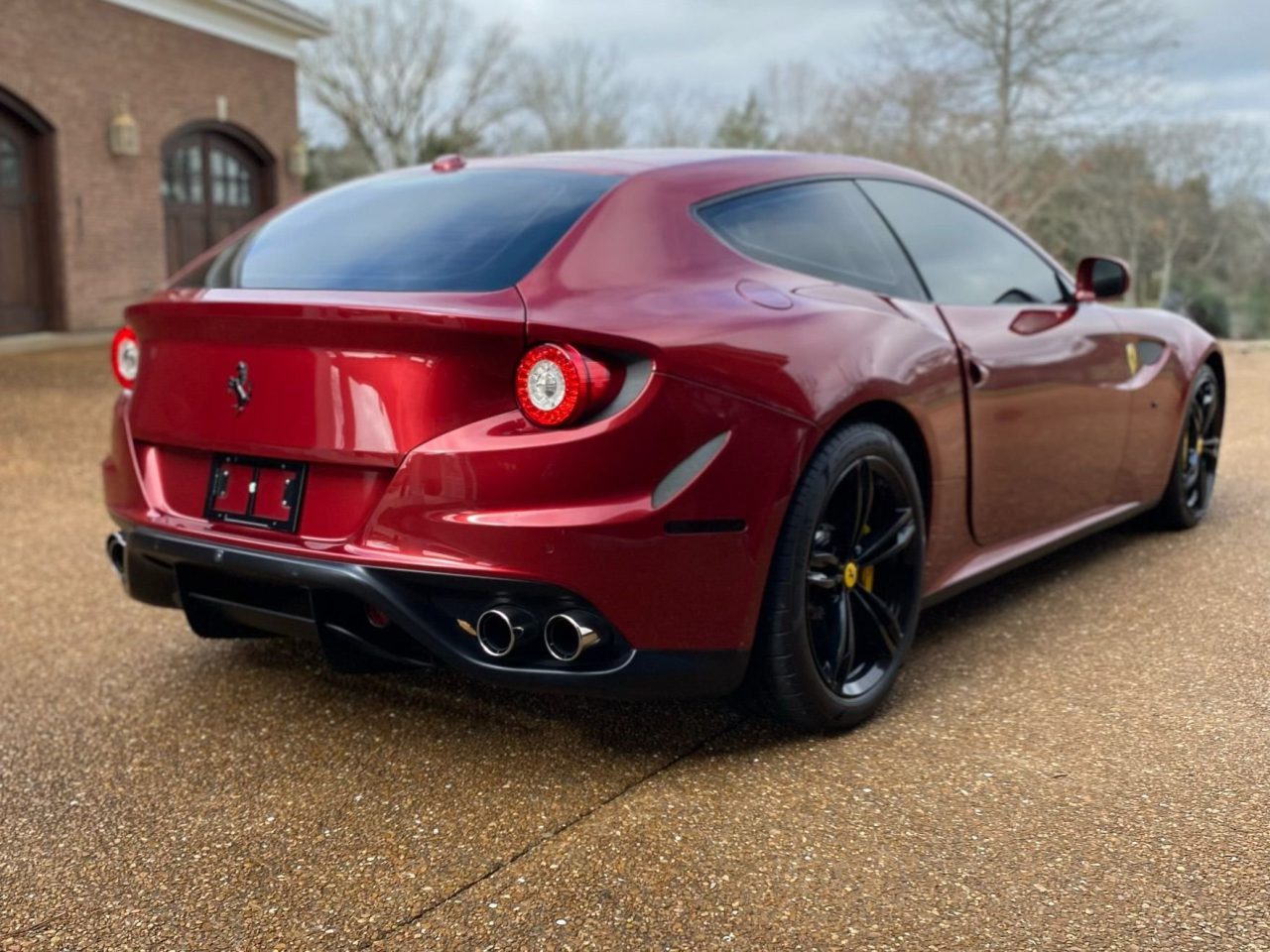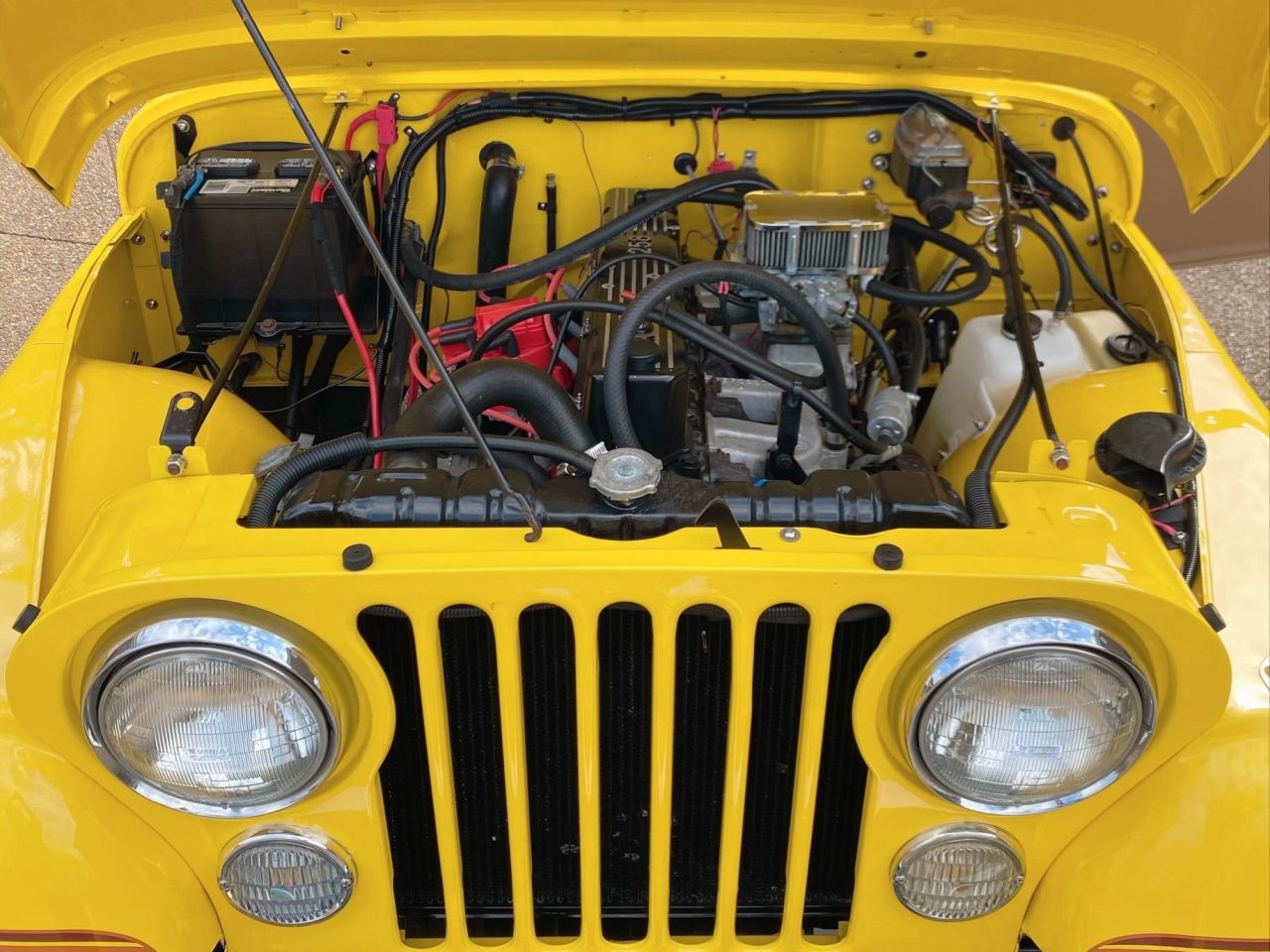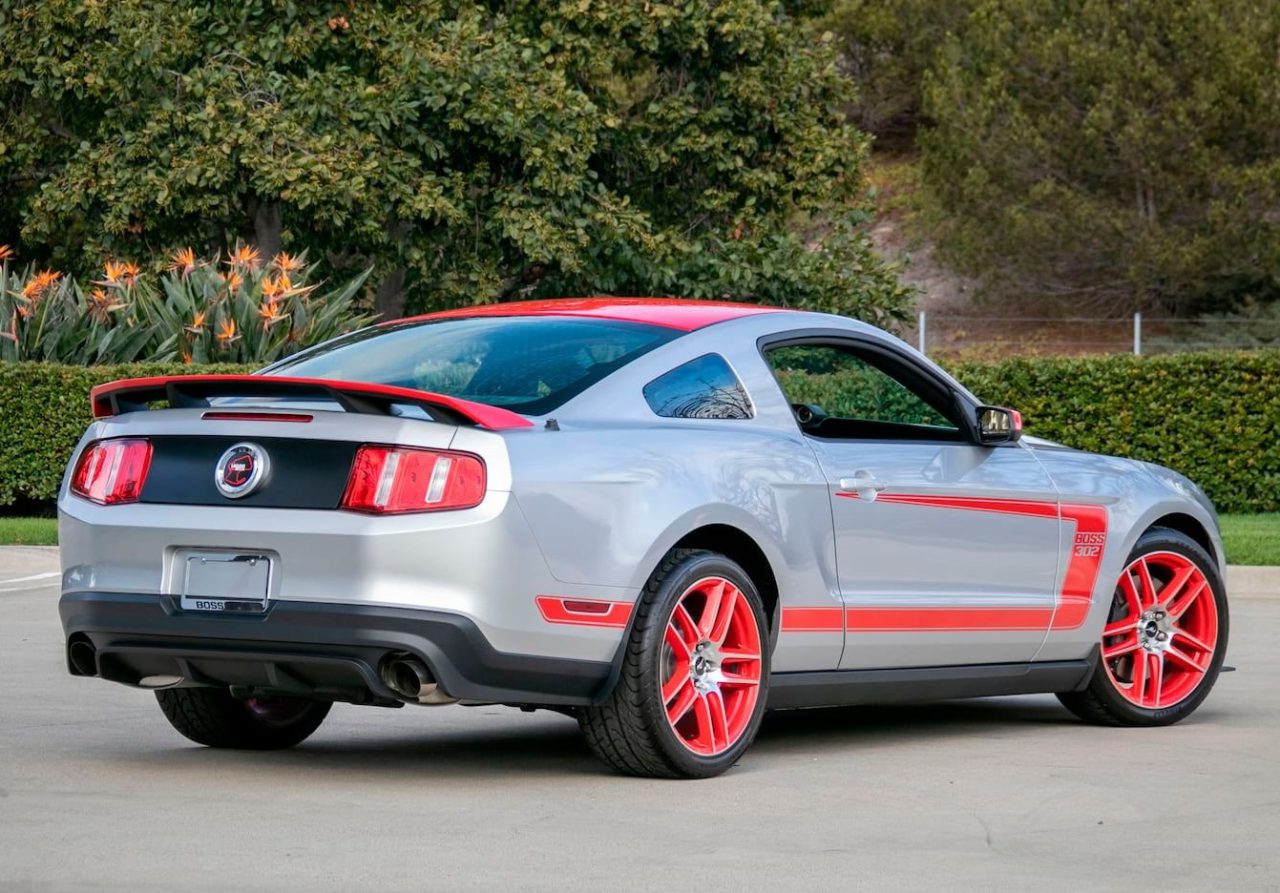Everyone loves stories about the American Dream, those folkloric tales that demonstrate how smarts, gumption, and the structure of capitalism allow denizens to achieve heights never imagined. George Shinn is one of those folks. As the visionary behind the Charlotte (now New Orleans) Hornets, the former sports team owner is also a car guy, and his successes have allowed him to establish a sizable car collection. The George Shinn No Reserve Collection is your chance to carry the torch from this inspiring man by bidding on his cars at the GAA Classic Cars Auction.
Shinn has 22 cars earmarked for auction on April 25-27, 2024. Here’s several of the more interesting ones.

2012 Ferrari FF
Yeah, the ugly Ferrari, but wouldn’t you love to own a 650-horse V12 Ferrari no matter what it looks like? If you recall, the Ferrari FF was the successor to the equally ungainly 612 Scaglietti, a car for which I also have a strange affinity. “FF” stood for “Ferrari Four” due to its four seats and four-wheel drive. Not only was it Ferrari’s first 4WD model, but it also was the world’s fastest four-seater at the time. From 2011-2016, 2,291 were built, which can make ya wonder why they’re hardly ever seen.

With 22,000 miles, you can see this 2012 Ferrari FF has been driven and enjoyed. Painted in Rosso Fiorano with an absolutely gorgeous Cuoiso Toscano (“Tuscan Leather,” or saddle) interior, this shooting brake-esque coupe features matching Diamond Semianilina headliner, Scuderia Ferrari shields, and suspension lifter. What’s that? I guess a true Tifosi can fill me in.

1994 Panoz Roadster
Do you remember the Panoz? You may have occasionally seen them at automotive events, but there’s an interesting backstory: Don Panoz was instrumental in the development of time-release transdermal patches, which is how he earned his fortune. Due to his son’s interest in motorsports, Don helped create Panoz Auto Development, which built cars for the track and street. Starting in 2000, the most famous of the Panoz street cars, the Esperante, was introduced. It was powered by Ford’s 4.6-liter Modular V8 through 2007, then GM’s LS engine for the 2014-15 Spyder GT.

But the 1992 Roadster was the one that started it all. This aluminum roadster was akin to a modern Lotus Seven and powered by Ford’s Modular V8 and five-speed manual. Weighing under 2,600 pounds, Panoz built 44 Roadsters through 1995 before it was succeeded by the AIV Roadster through 1999. This green and tan Roadster is #2 of 6 built for 1994.

1985 Jeep CJ-7 Laredo
This is a real jeep. None of those creature comforts like air conditioning. No fuel injection. No air bags. Just pure visceral off-road abilities. The CJ-7 was built from 1976-86 and, yes, perhaps the Laredo package included leather buckets, tilt steering column, and showy chrome, but it still was a Jeep. Top power came from AMC’s legendary 4.2-liter inline-six, a torquey engine that was able to help the Jeep power through just about any obstacle.

This restored, yellow 1985 CJ-7 Laredo features a fully rebuilt six backed by a five-speed manual and two-speed transfer case. It sports several mild mods including Rancho suspension and shocks, HEI distributor, and aluminum valve cover, plus Grant wooden steering wheel and stainless-steel hinge kit. Let the suburbanites pretend they’re driving this, but you know better.

2012 Ford Mustang Boss 302 Laguna Seca
This is the best of the S197 Mustangs. Add the Laguna Seca package to the mix and you arguably have the ultimate Mustang of its generation. Only available in black/red or silver/red, the Laguna Seca did the 444-horsepower Boss 302 one better by adding Recaro seats, Torsen limited-slip differential, different suspension tuning, larger rear stabilizer, front brakes with Ford Racing ducts, staggered, lightweight alloy wheels, and an x-brace substituted for the rear seat. Only 750 Laguna Secas were built.

This 2012 Laguna Seca is a charity vehicle donated by Megan and George Shinn. All proceeds benefit the Mary Sunshine House with the mission to enrich the lives of adults with neuro-developmental and autistic spectrum disorders by helping them become self-reliant in life, from work to socialization to physical and emotional growth.
You can view the entire George Shinn No Reserve Collection docket by visiting the GAA Classic Car Auction website.